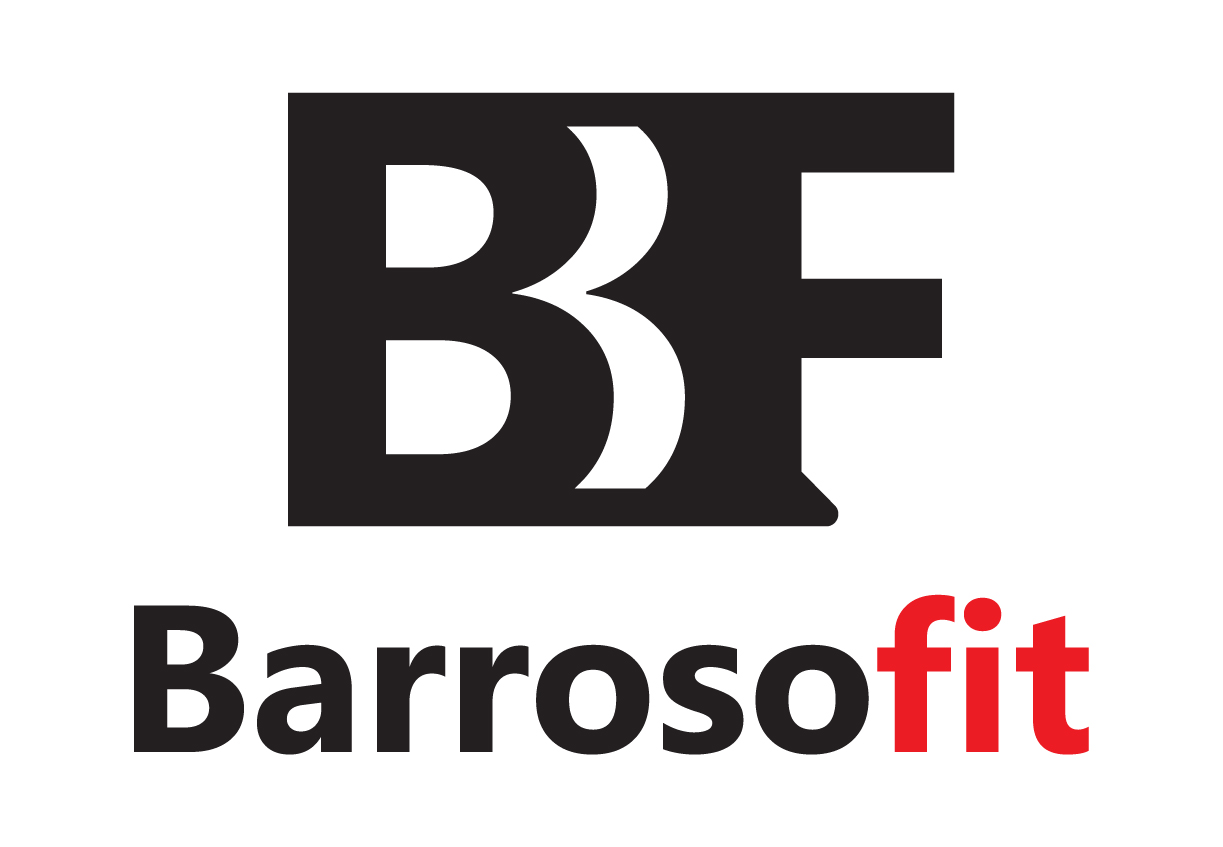The Benefits of Plyometrics for Runners
By: Shay-lon Moss
A plyometric movement is a quick, powerful movement that consists of eccentric muscle action, also known as a countermovement, or prestretch, followed by an immediate, powerful concentric power movement, according to NSCA’s Essentials of Personal Training. Plyometrics training targets power development and has historically been known for “Ultra intensity” training such as “depth jumps”, but now includes lower intensity training as well. Plyometrics encompasses the ‘stretch-shortening cycle’(SSC) where the lengthening or pre-stretching of skeletal muscles under loading enables a forceful concentric muscle action.
“This particular type of training is known to increase athletic performance (jump height, power, sprinting ability, muscle strength) and most effective when combined with resistance training,”
says Russell Jackson, Professor at Owens Community College, certified athletic trainer, C.S.C.S., and ACE C.P.T. “Runners need to start with strength training first, then they can integrate plyometrics with their strength training, for example, doing plyometrics every other strength training day. If an athlete is running 5 days a week, like most serious runners will, then they should implement resistance training before starting plyometric training.”
To get the most of out of plyometrics training once they have a strength training base, runners will want to do it two days a week or as often as they do their resistance training, which is generally 2-3 days a week for serious runners, adds Jackson. Runners should vary their running daily, most runners know which runs are the most intense, that would perhaps mean no plyometrics that day and the less intense runs they can add variations of plyometric training.
Jackson says that long distance runners can benefit from plyometrics but it doesn’t always mean it will make them faster whereas sprinters need to be fast, strong and powerful to achieve a great start which is where the plyometrics training is beneficial. A sprinter’s start can mean the difference between a win or loss, so training the type 2 muscle fibers during plyometrics exercises will aid in power production off the blocks.
Long distance runners will need to have endurance (the strength from plyometrics training will help them keep a comfortable pace), and the plyometrics training will improve their balance and flexibility, helping with stride lengths. Power will help distance runners toward the end of their race when they are at the peak of their speed trying to hit a new personal record. Plyometrics training can be very handy for both types of runners.
Before considering plyometric training, one may need to make sure they follow these safety considerations to prevent injury:
1. Proper warmup before starting.
2. Avoid progressing too fast in volume and intensity.
3. Perform the exercise with proper form and technique.
4. Use the appropriate floor surface (plyometric rubber mat).
5. Be within the guidelines if overweight (Getting clearance from your doctor before performing plyometric training is ideal, and important. According to ACSM “American College of Sports Medicine” those who are obese should not participate in exercise that causes stress to the joints, this would include plyometric training; jumping, running, jogging, etc).
The plyometric exercises for long distance runners and sprinters will differ because they have different goals, and go at different speeds, not to mention long distance runners do not need the same amount of speed and power as sprinters do. Unlike a sprinter, the long distance runner will need to pace themselves, have a good stride length and have the endurance necessary to finish a race. Check out some examples of plyometrics exercises for both long distance runners and sprinters.
RUNNER'S WARMUP
1. Forward/backward leg swings
Sets: 1
Reps: 10 each leg
2. Hip flexor stretch
Sets: 3
Reps: 10
3. High knees
Duration: 30 seconds
4. Butt kicks
Duration: 20 seconds
5. Walking lunge
Duration: 10 yards
PLYOMETRICS EXERCISES FOR RUNNERS
LONG DISTANCE RUNNERS (up to marathon distance; these concepts do not apply to ultramarathon runners, as that’s a completely different beast)
Intensity: low
Skipping
Lateral Bounding
Single Leg Hops
Double leg bound
Alternate leg bound
SPRINTERS (100m, 400m, 800m)
Forward Bounds
Switch Lunges
Bench Taps
2 Feet Ankle Hops
Reverse Lunge With Knee Up



